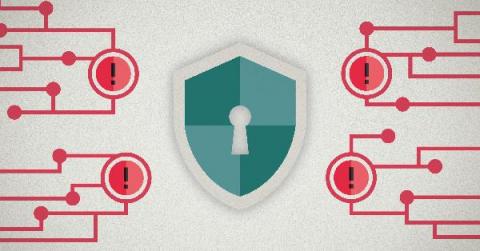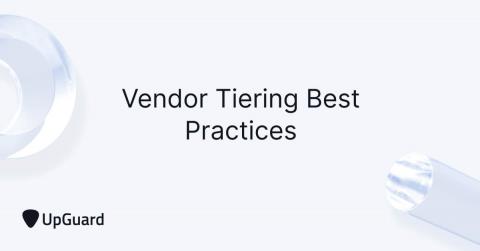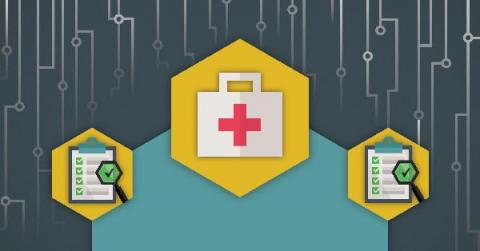Third-Party Risk Management Regulations Every Organization Should Know
Modern organizations operate in a complex business landscape. Increasingly, they rely on a plethora of third-party partners, vendors, and subcontractors to generate value, boost competitiveness, and strengthen their bottom line. And yet, these same third parties also create numerous risks that can disrupt the organization’s operations, affect its financial standing, and damage its reputation.






